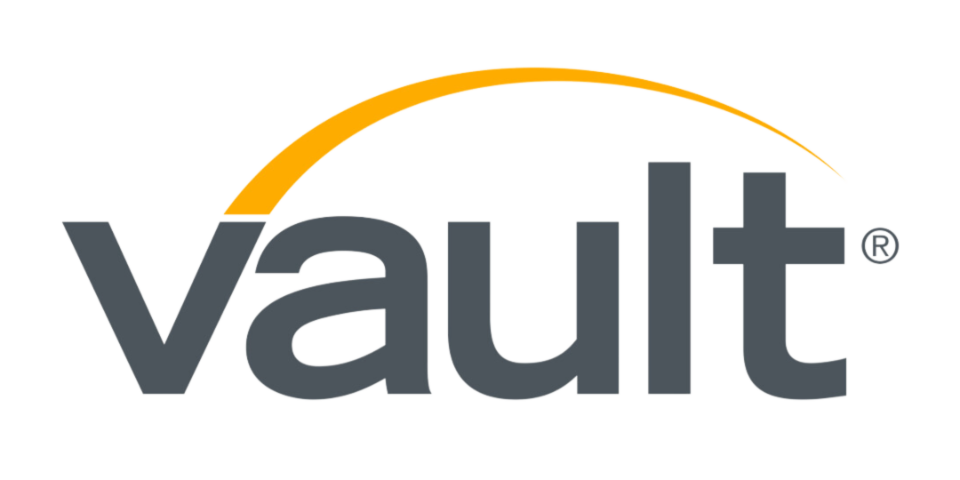How to Clean Up Your Social Media Footprint Before Your Job Search
Published: Jun 21, 2021

When researching candidates, recruiters look at a lot more than resumes and cover letters. They also look at social media—to find out how you present yourself, how others perceive you, and how well you might fit with their culture. That's why it's important to create an employer-friendly digital footprint—and even more important if you’re a career-seeking college student or young professional who uses social media frequently.
But no matter where you are in your career, to get to the next step you’ll need to clean up your social media presence and create a professional digital footprint. Here’s how to do it.
1. Conduct a digital footprint analysis
Before you can take the steps to ensure that your online presence matches up with the type of career you’re seeking, you must first analyze your current footprint so you know exactly where you stand. Your digital footprint is the collection of all the things you leave behind whenever you use the internet. This includes things like:
- All social media profiles you’ve ever created (and are still online)
- Comments and pictures that you posted (or were mentioned in)
- Groups you’ve joined and online discussions you’ve taken part in
- Cookies that track the websites you visit
- Online shopping you’ve done
- Apps you use
Here’s what you can do to analyze your overall digital image:
- List all the online websites you use repeatedly
- Go through some of the content you post on social media and think about how others might perceive the posts. That is, would an employer (prospective or current) view them favorably or with concern?
- Conduct a search for your name on different search engines and use variations of your name (e.g. full name with and without middle initial, married/maiden names, etc.). Go through the first five pages of the search results. Look at all the information that comes up and determine if there’s anything that might adversely affect your chances of getting hired if a potential employer were to access the information.
2. Get rid of derogatory content
After you conduct an analysis of our footprint, you need to start building a positive footprint on all major online platforms. First, keep in mind that people rarely ever forget your stance on hot-button issues. So, if there's any content that isn't in keeping with the professional image you want to project, then you need to control the damage by deleting as many of those comments and posts as possible. If you can't delete the content, you need to acknowledge it and explain it in a positive light so that potential employers understand your lack of judgment when you posted the content.
3. Dissociate yourself from negative websites
In terms of websites, look through the list of the ones you frequent and dissociate yourself from any sites that an employer might not look at favorably. This is important because even if you and employers aren’t friends on social media, they may still have access to your feeds and comments. And, whether you realize it or not, your online behavior has long-term effects, and failure to manage your digital footprint effectively can seriously hurt your chances of landing an awesome job—now and in the future.
4. Pay attention to your privacy settings
Your next step in controlling your online digital footprint is to pay closer attention to the privacy settings on the websites and social media networks you frequent. The trick is to keep your private life as private as you can. Assume that everything you share could be easily discovered by employers, colleagues, or clients, and limit private comments and posts to only those people with whom you feel safe. Think twice before posting things for the general public to read and maintain professionalism at all times.
5. Create a positive online persona
Now, it's time to develop a positive image online. To do this, you'll have to come up with a strategy that involves the types of websites and social media that you’ll associate yourself with, the type of content you’ll post (including pictures and videos that paint you in the best light possible), and so on. From this point on, you should never post content that may cause a potential employer to question your values or professionalism.
Here are some tips to help you create a powerful online persona:
- Use your real name to create resumes and profiles on websites like LinkedIn, Facebook, Indeed, Vault, and other employment sites.
- Maintain consistent information across all sites, including the use of a consistent username on all websites and social media. This will help you develop your personal branding and make it easier for potential employers to recognize you online.
- If possible and it makes sense to, create a blog or YouTube channel related to your personal interests or business and publish content that’s professional and highlights your positive aspects. If you decide to go with a YouTube channel, make sure you use a beginner-friendly video editor. I personally used Movavi when I started out and still use it today.
6. Be active online
The final step in crafting an employer-friendly digital footprint is to get active online so you can start building a well-rounded, professional image to impress your future employer. Social media websites like Facebook, Instagram, and Twitter can provide useful profile information to employers. Your feeds can highlight how you communicate with others, express your opinions, manage your life, etc. Other sites, like LinkedIn, take it a step further by also providing skill endorsements from other as well. Your posts on these social sites offer deeper insights into the way you present yourself to the public, and you can leverage the power of any social media network to carefully build your profile so that it works to your advantage.
Here are some more tips for boosting your activity online so you can build a picture that demonstrates your abilities in a clear and appealing way.
- Join and participate in LinkedIn and Slack groups or other forums related (either directly or indirectly) to your area of career interest.
- Be positive and encouraging about your current employer publicly. For instance, if you're a gig worker, share your positive work experiences with your following. A new employer will see this and determine that you’re a positive person.
- Comment on blogs, articles, and social media posts that cover topics you’re passionate about.
- Comment on YouTube videos that you find interesting, educational, or inspirational.
- Ask and answer questions on sites like Quora and Reddit and become a resource for peers in your industry so you can build a network of like-minded professionals.
- Tweet during events such as industry news events, sporting events, company events, charitable events, etc.
- Follow groups and organizations that you care about and regularly post comments on their Facebook pages.
A final note
If you start doing the above things now, when future employers come looking, they’ll see a clear, professional, compelling, impressive online picture of you. And if you couple these with certain creative job search strategies, you’ll give yourself a significant edge over the competition when you’re looking to take the next step in your career.
Ron Stefanski teaches others how to create and grow online businesses after building his own media company from nothing to reaching over 650,000 people every single month. You can learn more about him by visiting OneHourProfessor.com. You can also connect with him on YouTube or LinkedIn.
